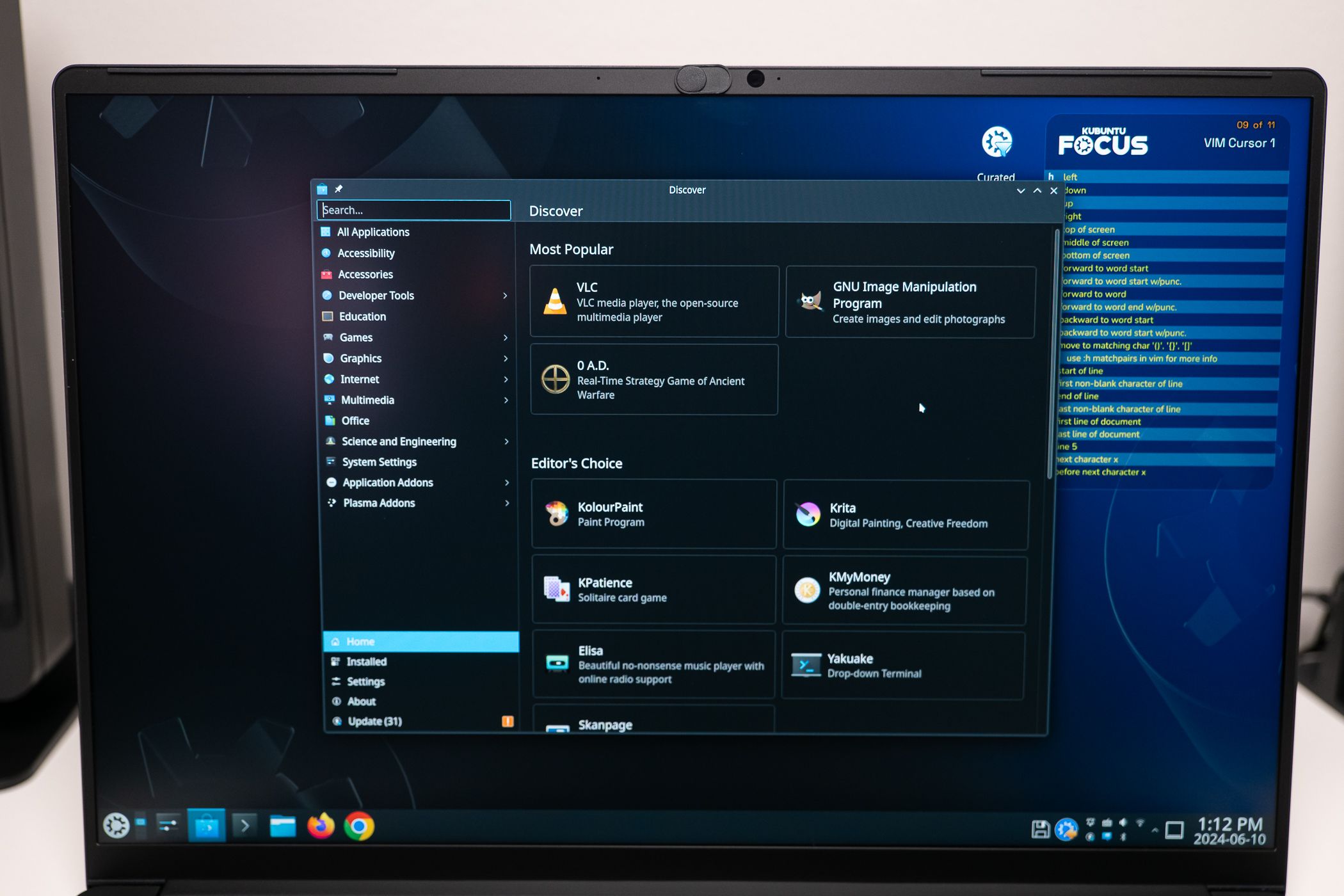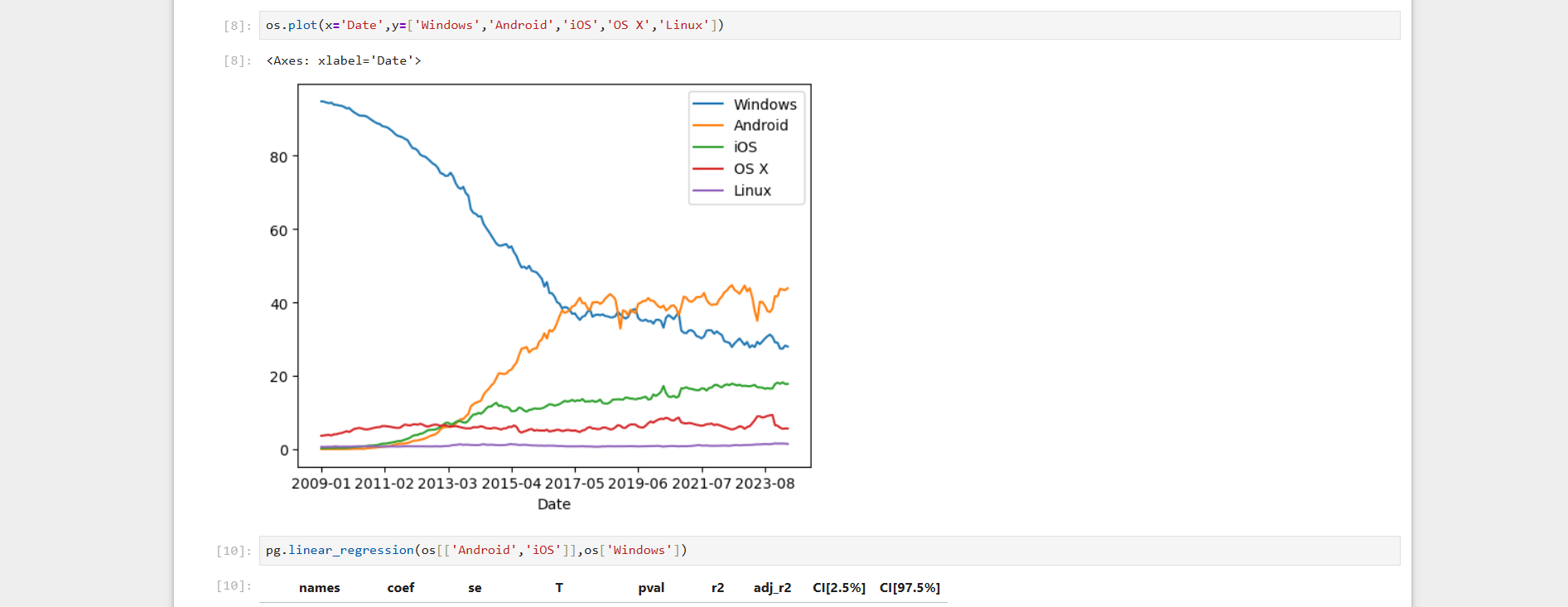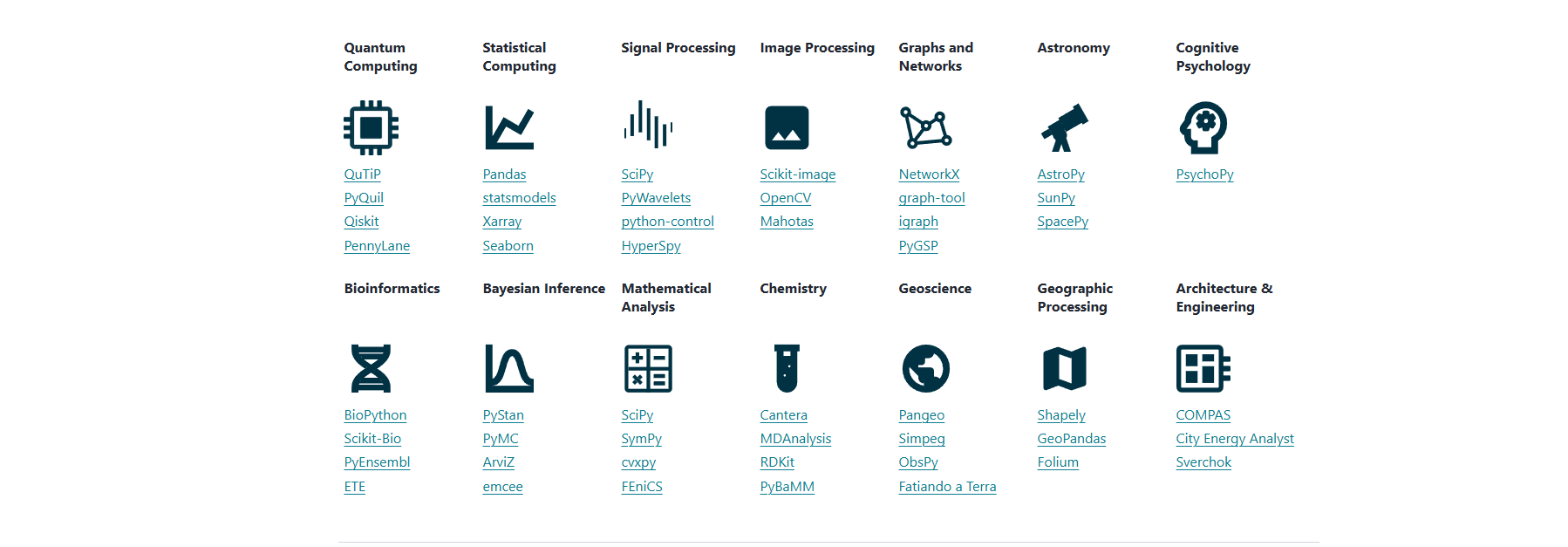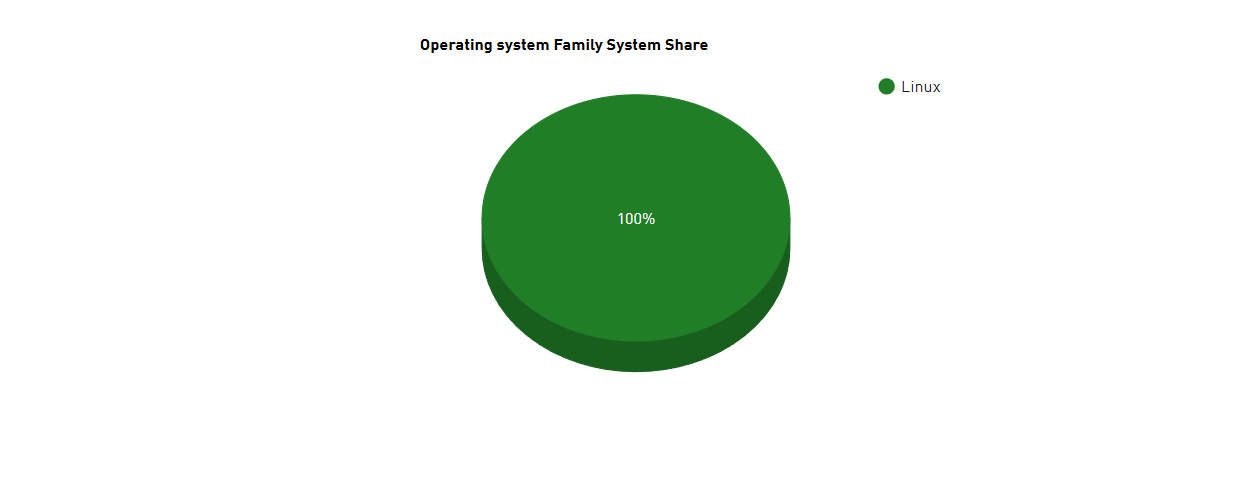Summary
- Linux is popular in science due to open-source values, free licenses, and compatibility with custom software.
- The history of Unix use and the need for custom software deployment make Linux a common choice in academia and research labs.
- Availability of scientific applications, flexibility, and running on supercomputers solidify Linux’s prominence in the scientific world.
Take a look at any science lab, and you might notice that the desktops and laptops scattered around the room are running Linux. Why is Linux so popular among scientists? Here are a few reasons why.
Science Values Open Source Code
The scientific world values cooperation. Read any scientific journal article, and you’ll often find that papers have multiple authors. Researchers frequently collaborate all over the world.
Academic scientists pride themselves on their willingness to share information, both with each other and with the wider world. There’s a movement toward open-access journals (hundreds of which you can find on DOAJ in almost every discipline) in contrast to publishers like Elsevier who charge exorbitant fees for access to scientific journals where researchers communicate their findings.
This is probably why Linux has found a home in the scientific world. There are lots of tools for researchers to run their calculations. GNU Octave is a drop-in replacement for MATLAB. There are compilers for Fortran, C, and C++, the historical powerhouses of scientific computation. R and Python are transforming statistical computation and fueling the growth of data science. Jupyter notebooks are popular among researchers in all disciplines for recording calculations and collaborating across the world.

Related
11 Science and Math Apps for Linux to Master Your Classes With
These Linux apps give you the same tools math and science professionals use.
Apart from the obvious adoption in computer science, the physical sciences, like physics, have taken to Linux because of the wide variety of free and open source software available. CERN, famous for the Large Hadron Collider as well as the World Wide Web, formerly maintained an entire distro as a base for particle physics experiments, Scientific Linux, along with Fermilab.
Historical Use of Unix
One reason that Linux was so widely accepted by the scientific community when it first appeared in the ’90s is that Linux was heavily inspired by the original Unix which was widespread in academia due to AT&T’s low license fees to universities. Since Linux was similar to the existing Unix systems, it was easy to transition from traditional Unix to Linux.
Scientists had grown accustomed to Unix systems on mainframes, minicomputers, and workstations throughout the ’70s and ’80s. Linux offered researchers the ability to run on inexpensive PC hardware. It was possible to build clusters of commodity PCs to crunch numbers from experiments for a very low cost. This made Linux more attractive to scientists. Even though on paper x86 processors were less powerful than the RISC processors powering Unix workstations and servers, they were much cheaper. Clustering made up for the lower horsepower through brute force. Multiple CPUs could churn through experimental data quickly.
This early acceptance of Linux in the scientific community led to mainstream IT administrators in businesses considering it as an alternative to expensive proprietary Unix and Windows servers.
Low-to-nonexistent Licensing Costs
One reason Linux is so popular in the scientific world is that it costs almost nothing to set up. Sure, they have to buy the hardware, but the software is often available free of charge. Of course, scientists can sign up for support contracts from companies like Red Hat or Canonical, but it’s often easier and cheaper to just get a grad student to take care of the systems.
You might think that universities and research labs have a lot of money, but they’re often under financial pressure to cut costs. Many scientific projects depend on grants, and scientists have to spend their grant money wisely. One thing that they don’t want to spend money on is software licensing. When you’re dedicating a small cluster of machines to a project, if you’re only going to tear it down after you finish an experiment, it doesn’t make much sense to buy Windows licenses for all of the machines. It’s better to grab a free distro ISO and install Linux on these machines instead.
Ability to Deploy Custom Software
One reason Linux and other Unix-like systems endure is that they’re a great environment to deploy custom software. Unix was historically developed “by programmers, for programmers.” The Unix Philosophy of text files and input/output redirection was meant to make creating programs as simple as possible.
Other tools have made modern programming easier. There’s been a move from traditional compiled languages to interpreted ones like Python. These languages save time by avoiding a compilation cycle. They also handle memory management automatically, which means fewer bugs that can cause a program to crash. If you’ve got only a small amount of time to analyze data from an experiment, you don’t want to have to stop to chase bugs caused by some pointer error. Scientists are a group that isn’t using Linux just as an alternative to Windows, but taking full advantage of what it has to offer.
There are also lots of libraries that speed up the job of deploying a custom app. This means that researchers, who often don’t have strong backgrounds in computer science, can write programs to interface with lab equipment or perform statistical calculations quicker than if they had to hand-code their apps from scratch. With the availability of open-source software, they can also take a previously written program and customize it to their needs.
Linux Runs on Supercomputers
Scientific computations, such as the ones required for high-energy physics, are well-suited to supercomputers. These huge number-crunching computers run Linux. Not “the majority of supercomputers,” but that all of these machines run Linux. According to TOP500, a database of the top 500 supercomputers in the world, the OS family of all of the machines listed, 100% of them ran Linux as of March 2025.
Why is Linux so popular in supercomputing? Again, this might have to do with the popularity of Unix-like systems in scientific computing. This would naturally extend from desktop systems to bigger computers. Linux did become popular for building clustered systems of cheap PCs. While supercomputers are more sophisticated than PCs, it’s not as much of a stretch to adapt Linux to supercomputers.
Linux’s flexibility in software also helps it dominate in supercomputing. As a commercial provider, Microsoft adapting Windows to a machine that mainly operates in batch mode for calculations would be a lot more difficult. It would take a lot of coordination between scientists and the company. And it would take access to the source code, something Microsoft only does for a select number of customers.
Supercomputing is probably too different from the usual business computing that Windows servers are designed for to make it worthwhile to build a supercomputing edition of Windows. With the easy availability of source code, developers can adapt Linux for a variety of hardware platforms.
Easy Availability of Scientific Apps
Another reason that Linux is popular with scientists is that it gives them the tools to do their jobs. Scientists can run their calculations with sophisticated computer algebra systems like SageMath, SymPy, or Maxima. They can develop apps with all of the standard programming tools, as well as typeset books and journal articles in LaTeX.
Even though there are lots of free and open-source scientific apps available, scientists can still obtain commercial programs like MATLAB and Mathematica for their work. It’s likely the popularity of Linux among scientists that makes these apps available at all.
Scientific users can also use ordinary tools for their work. They can research literature through browsers like Firefox or Chrome and run simple calculations in spreadsheets like LibreOffice Calc. The ability to run all these tools on one platform, combined with the familiarity of the Unix paradigm to scientists, is likely why they will still be loyal to the system for years.
The reliability, flexibility, and low costs are why Linux remains compelling for people who want to get the most out of their computers, no matter what field they’re working in. Linux will continue to find more serious applications, and scientists will lead the way.








